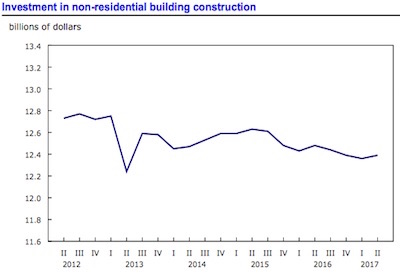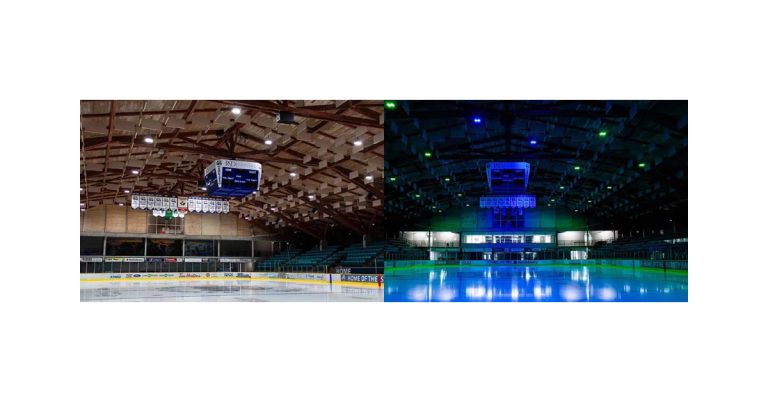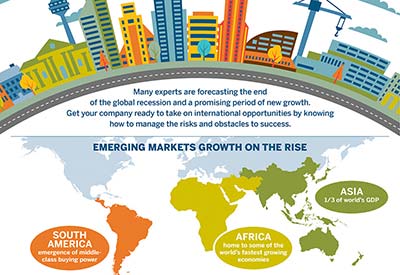Q2 Non-residential Building Construction Investment Rises 0.3%

July 27, 2017
Investment in non-residential building construction totalled $12.4 billion in the second quarter, up 0.3% from the previous quarter. This increase follows three consecutive declines.
Nationally, the gain was the result of an increase in spending on the construction of industrial and commercial buildings. The institutional component declined for a second consecutive quarter.
Overall, six provinces posted increases in the second quarter, with Ontario reporting the largest upturn, followed by British Columbia and New Brunswick.
The largest decline occurred in Alberta, followed by Saskatchewan. In Alberta, the decrease resulted mainly from lower spending on both institutional and commercial building construction. Despite the decrease in spending, Alberta had the second-highest total spending on non-residential building construction ($2.5 billion), accounting for 20% of total spending for the country. In Saskatchewan, the decrease was primarily the result of lower spending on institutional investment.
Census metropolitan areas
Among the 36 census metropolitan areas (CMAs), 21 saw increased investment in non-residential building construction in the second quarter. Toronto recorded the largest rise, followed by Montreal and Vancouver. In Toronto, the increase was mainly attributable to an influx in commercial spending, while in Montreal the increase was mainly the result of an increase in construction of institutional buildings.
The largest declines were reported in Calgary and Edmonton, and in the Ottawa part of the Ottawa–Gatineau CMA. The declines in both Calgary and Edmonton were mainly attributable to commercial and institutional buildings. In Ottawa, the main contributor to the drop was lower spending on construction of commercial buildings.
Industrial component
Investment in industrial projects increased 1.7% to $1.75 billion in the second quarter. At the national level, the increase was attributable to higher investment in the construction of plants for manufacturing and, to a lesser extent, construction of farm buildings and utilities buildings.
Increases were reported in six provinces, with Ontario contributing the most to the overall increase, followed by Alberta.
In Ontario, investment rose 2.9% to $787 million, marking a second straight quarterly gain. Higher spending on plants for manufacturing and on farm buildings were the leading contributors to the gain. The increase in Alberta was mainly the result of higher spending on manufacturing buildings.
In contrast, Quebec posted the largest decline, mainly due to lower spending on maintenance garages and equipment storage buildings.
Source: Statistics Canada, http://www.statcan.gc.ca/daily-quotidien/170717/dq170717b-eng.pdf.











